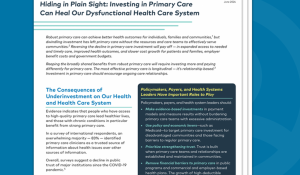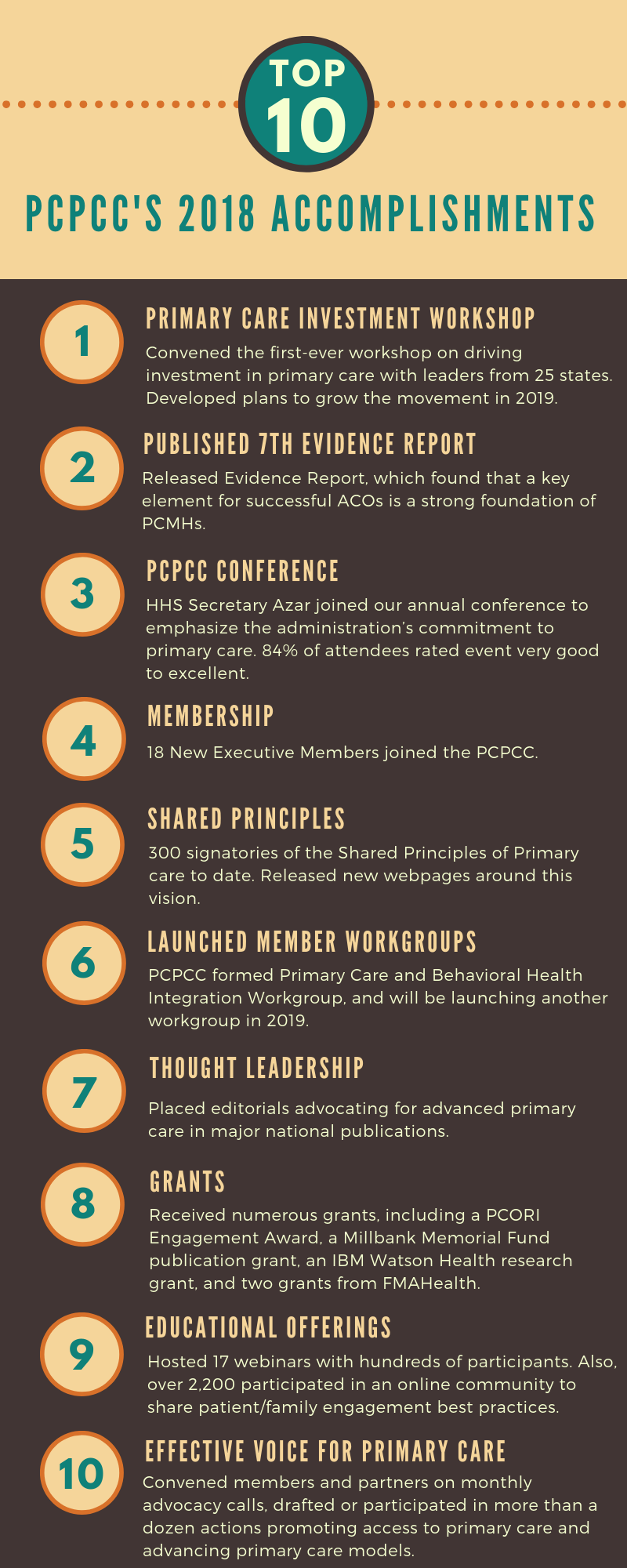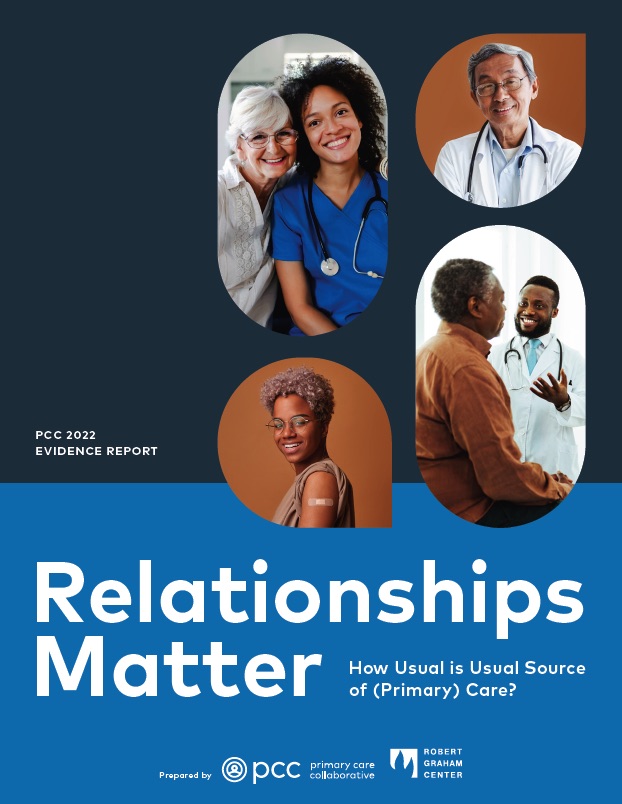March 26, 2019
The Honorable Seema Verma
Administrator
Centers for Medicare & Medicaid Services
US Department of Health & Human Services
Hubert H. Humphrey Building
200 Independence Avenue, SW
Washington, DC 20201
Adam Boehler
Deputy Administrator
Director of the Center for Medicare & Medicaid Innovation
Centers for Medicare & Medicaid Services
US Department of Health & Human Services
Hubert H. Humphrey Building
200 Independence Avenue, SW
Washington, DC 20201
Re: Improving Transparency for Innovation Center Models
Dear Administrator Verma and Deputy Administrator Boehler:
The undersigned organizations write to encourage the CMS Center for Medicare & Medicaid Innovation (Innovation Center) to continue to improve transparency and stability as you develop a successful portfolio of payment models. While we appreciate steps the agency has taken, such as hosting stakeholder roundtable discussions to gather input, we ask that the Innovation Center move to a more methodical and public process for releasing and updating payment models.
Like you, our organizations and the members they represent are committed to the move to alternative payment models (APMs), including those with an emphasis on performance-based risk. We agree that many provider groups of various sizes and composition across the country are prepared to make the leap to greater levels of financial and clinical accountability to improve the health of America’s seniors. Provider organizations that have taken the first step toward two-sided risk models have successfully reduced costs and improved care for patients.1 We are excited to continue to work with the Innovation Center to pursue new models, many of which will feature increasing levels of financial risk and reward. We are confident that this is the right direction to create a sustainable healthcare delivery system for the future.
To accelerate participation in APMs and the move to performance-based risk, we request that the Innovation Center continue to take steps to improve transparency and stability. As you know, responsibly moving to higher levels of financial risk requires a steady and predictable payment environment. This allows organizations to plan their budgets and care coordination activities and to predict how they will fare under any given model. Creating a clarity and stability for model design will encourage provider organizations to move to higher levels of risk and reward more quickly.
Specifically, we ask that you move Innovation Center models to a public process that would allow an opportunity for stakeholder comment on all model design elements prior to finalizing the model. We also request that model changes be made and communicated in a clear and public manner. To achieve this goal, we recommend establishing a process similar to those used for other programs, such as the Medicare Advantage Rate Notice and Call Letter and the State Medicaid Director Letters. In these programs, certain updates and policy changes are communicated publicly with some opportunity for stakeholder feedback, but without the formality of notice and comment rulemaking. In contrast, in the current Innovation Center models, changes are often communicated through contract amendments – sometimes in the middle of a performance year. As part of this new process, we request that the Innovation Center refrain from making mid-year changes, which have a significant programmatic or financial impact on model participants, and therefore create tremendous destabilization given the many decisions model participants make based on their unique circumstances and projections going into the performance year (unless such changes are optional or voluntary for program participants).
We believe that public communication of model design elements and eliminating mandatory mid-year changes would improve providers’ ability to evaluate and compare options while still allowing the Innovation Center to be nimble and flexible, consistent with its mission. Affording stakeholders an opportunity to provide feedback will strengthen the model portfolio over the long term and create stability and predictability that supports moving away from fee-for-service and fosters the movement to higher levels of risk and reward. We are committed to this transition and look forward to working with you to continue to advance this movement. Together, we can develop delivery and payment systems that improve the nation’s health and fiscal outlook.
Sincerely,
AMGA
Association of American Medical Colleges
Health Care Transformation Task Force
Medical Group Management Association
National Association of ACOs
National Coalition on Health Care
Next Generation ACO Coalition
Patient-Centered Primary Care Collaborative
Premier
1 NORC, First Annual Report, Next Generation Accountable Care Organization (NGACO) Model Evaluation (August 2018), available at https://innovation.cms.gov/Files/reports/nextgenaco-firstannrpt.pdf.





